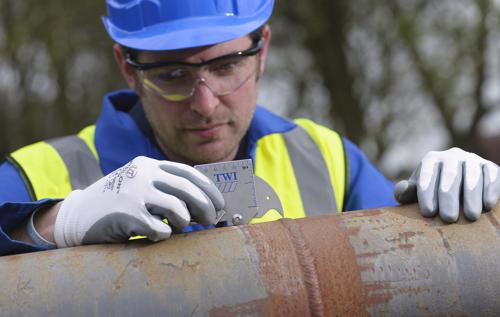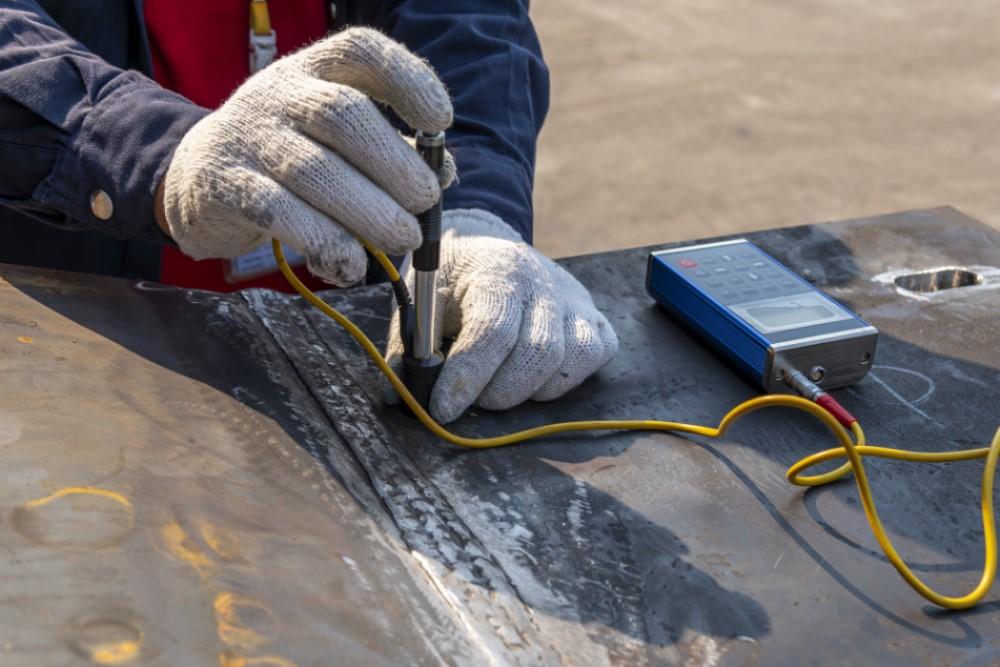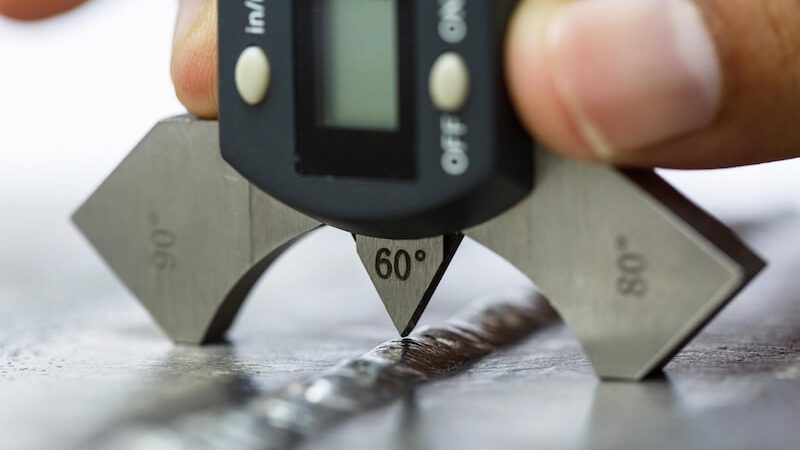A Comprehensive Overview to Understanding Exactly How Welding Inspection Works: Strategies, Standards, and Finest Practices for Quality Control in Metal Manufacture
Understanding the intricacies of welding inspection is critical for keeping the stability of metal manufacture. Carrying out finest practices can dramatically improve quality assurance procedures. The landscape of welding evaluation is not without its challenges.
Relevance of Welding Assessment
Although welding is an important process in numerous markets, its honesty directly influences the security and performance of elements and structures. Efficient welding inspection is crucial for determining issues that might endanger the quality and longevity of welded joints. This procedure ensures adherence to developed requirements and standards, which are crucial for keeping structural stability and functional reliability.
Welding assessment offers multiple functions, consisting of validating that the welding process has been implemented correctly, examining the top quality of products used, and verifying that the completed item fulfills regulatory and industry requirements (Houston Welding Inspection). With strenuous inspection, potential issues such as porosity, fractures, and incomplete combination can be identified early, mitigating and protecting against expensive fixings safety and security risks
Moreover, consistent welding inspections foster confidence among stakeholders, consisting of designers, customers, and governing bodies, by showing a commitment to high quality guarantee. The relevance of welding examination can not be overemphasized; it is important not just for compliance with legal requirements yet additionally for improving the general performance of bonded frameworks. Eventually, a robust welding inspection program is an aggressive action that safeguards versus failures, ensuring the long life and dependability of welded components in their desired applications.
Typical Welding Inspection Techniques

Visual evaluation is the very first line of defense, enabling examiners to determine surface problems such as fractures, undercuts, or incomplete fusion. Radiographic testing makes use of X-rays or gamma rays to disclose inner imperfections, making it ideal for intricate welds. Ultrasonic screening uses high-frequency audio waves to find subsurface flaws, supplying exact measurements of weld integrity.
Magnetic fragment screening works for ferromagnetic materials, highlighting surface and near-surface suspensions when particles are put on an electromagnetic field. On the other hand, dye penetrant testing makes use of a fluid dye to disclose surface-breaking issues, making sure that even the tiniest imperfections are found.
Each method has its strengths and constraints, usually requiring a combination of approaches for detailed assessment - Houston Welding Inspection. By using these evaluation strategies, quality control in metal fabrication is accomplished, making certain that welded frameworks meet security and performance requirements
Industry Requirements for Welding


The American Welding Society (AWS) and the American National Specification Institute (ANSI) are two popular organizations that establish welding standards. AWS D1.1, as an example, lays out the needs for welding steel frameworks, while AWS D1.2 focuses on aluminum. Worldwide, the ISO i loved this 3834 typical addresses top quality demands for combination welding, offering a structure relevant throughout national boundaries.

Best Practices for High Quality Guarantee
Quality assurance in Visit This Link welding is extremely important to attaining secure and long lasting buildings. Establishing a thorough high quality management system (QMS) customized to the particular welding task is necessary.
Routine training and certification of welding employees are important for keeping a proficient workforce. Continual education on the most recent welding methods and modern technologies guarantees that assessors and welders are well-informed concerning present criteria and practices.
Furthermore, conducting pre-weld assessments to review materials and devices can prevent flaws before they occur. Houston Welding Inspection. Throughout the welding procedure, real-time surveillance and documentation of welding criteria aid identify disparities instantly. Post-weld assessments must include comprehensive evaluations utilizing non-destructive screening (NDT) approaches to ensure the stability of the welds
Moreover, keeping clear interaction among team members promotes a culture of high quality. Routine audits and testimonials of the welding procedure aid recognize locations for improvement. By adhering to these best practices, organizations can attain ideal top quality guarantee, inevitably bring about boosted safety and efficiency in steel manufacture tasks.
Obstacles in Welding Examination
Although welding examination is critical for ensuring architectural honesty, it offers a range of difficulties that can complicate the assessment procedure. One considerable difficulty is the variability in welding techniques and products utilized, which can affect the consistency of weld top webpage quality. Various welders may employ differing techniques, resulting in discrepancies that inspectors demand to determine and assess.
One more challenge entails the detection of issues. Non-destructive screening (NDT) methods, such as radiographic and ultrasonic screening, can be complex and call for competent technicians to analyze results properly. False positives or downsides can happen, possibly leading to pricey rework or jeopardized safety and security.
Furthermore, the visibility of environmental variables, such as temperature and moisture, can influence the stability of welds and the effectiveness of assessment techniques. Examiners have to also browse the governing landscape, guaranteeing conformity with industry requirements, which can differ by jurisdiction and application.
Final Thought
To conclude, welding inspection plays a crucial duty in ensuring the stability and safety and security of steel fabrication. Utilizing a selection of examination techniques, adhering to well established sector standards, and executing efficient high quality monitoring techniques collectively enhance the reliability of welded structures. In spite of the difficulties encountered in the examination procedure, a dedication to continual improvement and adherence to best practices can considerably reinforce the high quality assurance framework, fostering greater confidence among stakeholders in the welding industry.
Reliable welding inspection is essential for identifying defects that can endanger the top quality and longevity of bonded joints.Additionally, constant welding evaluations foster confidence among stakeholders, consisting of designers, clients, and regulatory bodies, by showing a dedication to high quality assurance.The American Welding Culture (AWS) and the American National Requirement Institute (ANSI) are 2 popular organizations that develop welding requirements. During the welding procedure, real-time tracking and documentation of welding criteria assist identify inconsistencies quickly. In spite of the challenges encountered in the assessment process, a dedication to constant renovation and adherence to finest practices can dramatically reinforce the top quality assurance structure, fostering better confidence amongst stakeholders in the welding industry.